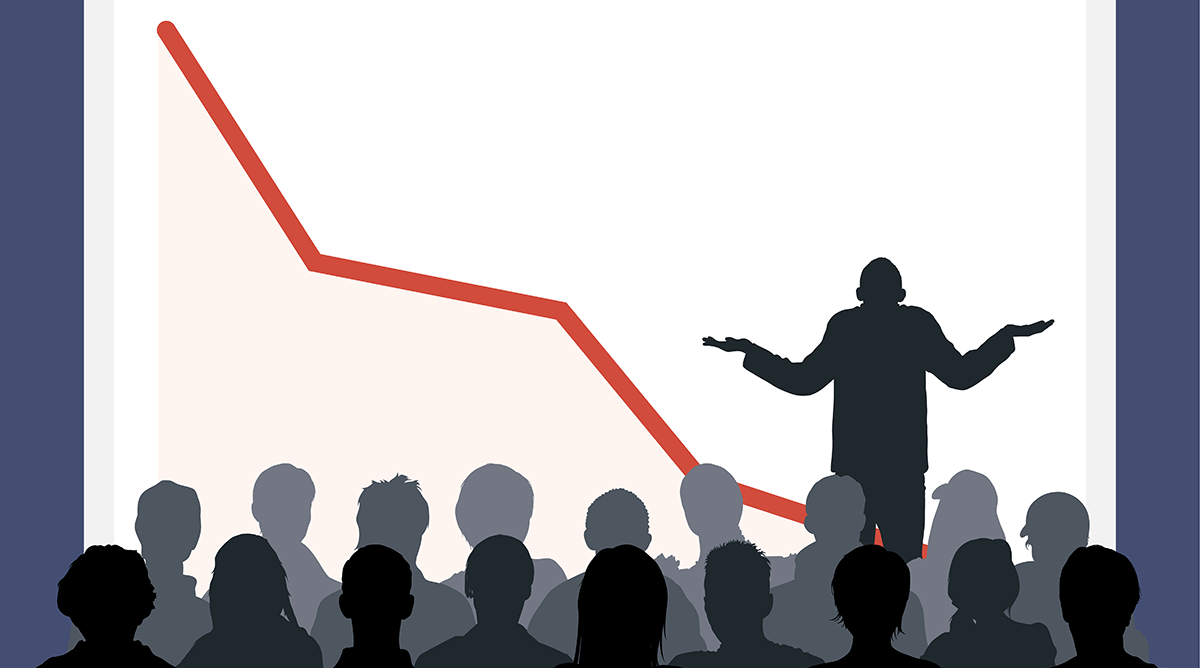Automated trading is an effective mechanism used by Forex traders that involves complicated mathematical models and formulas to make hasty deals and commitments in the foreign exchange market. Several brokerage firms are utilizing automated platforms built using advanced technology to trade for the long term. But, let us take a look at the various risks associated with it.
Market imbalances
Whereas some traders manage to get their hands on advanced technology to carry out their dealings, others use the manual method. This leads to market fragmentation, causing short-term liquidity. Nevertheless, an experienced Forex trader can use profit limit orders in order to capitalize on this situation.
Those individuals who have the patience to stand by are the ones most likely to gain an advantage by placing limit orders. They should be placed only when there are adequate market orders present, depicted by the trade count and volatility. This allows you to hit your target with the limit order, thus making substantial profits.
Investor losses

While conducting automated high-frequency trading, volatility shifts can turn worse, leading to substantial losses for investors. For this reason, most individuals use stop-losses at a short level away from the current value of the pair. In case the market dips for some reason, the stop-loss will be activated.
Additionally, upon the price of a pair rebounding on short notice, traders will incur losses and lose their positions. As a general rule, many traders place their stop losses 5% away from the current price.
Limited autonomy
When you switch to an automated scheme, it means you are relinquishing most of the control. Uncertainties in the market, such as a global pandemic event or a war, can lead to large fluctuations in the price of currencies. A manual trader can always exit a trade in the middle as they have the power to make that choice.
However, when you use automated systems, you cannot always consider the most current analysis of the Forex market and make entries and exits based on it. Thus, your initial assessment is effective enough. Only if you are prepared to let a Forex EA take trading decisions on your behalf should you take part in automated trading.
Monitoring

Letting an automated system conduct your trades does not indicate that you won’t need to monitor it every once in a while. The success of an automated trading system depends mostly on the internet and how well the servers can function. Nevertheless, these elements can be affected by internet failures, natural or man-made disasters, as well as the failure to comprehend unpredictable markets.
In these cases, Forex traders stand the risk of losing a substantial sum of money. As such, you must keep a close eye on the trading scheme on a regular basis. Although automated trading is designed for eliminating human emotions, it is natural for a person to monitor their trading performance to check if they are making profits or not.
If you have invested a large amount of money, you are bound to check on your trading performance from time to time. Things work out well until something unpredictable occurs in the Forex market, and in such a scenario, a strategy that is not managed well has a high chance of failing.
Over-optimization
It is tempting to come up with the best possible strategy for your automated trading system. This can cause you to frequently adjust your parameters. You may add several new indicators, making the strategy more complex.
While such a scheme may perform quite well on paper and even generate 100% profits without experiencing any drawdowns, it may lead to unsatisfactory results in real-time, causing you to discard the strategy completely. For this reason, it is best to use a simple trading strategy that shows long-term profit figures when back-tested using historical data. You shouldn’t add more than 2-3 indicators in your stratagem as this may lead to needless complications.
Mechanical failures
An automated system that is rigorous or not based on thorough testing and development can generate errant outputs. If the trading program is full of bugs, it may lead to erroneous trading and unpredictable fluctuations in currency values that lead to huge losses within a short span of time.
If the design of the algorithm is flawed and you use it in a live trading situation, it may cause you to make bad decisions. Furthermore, the absence of ample security features can lead to others accessing your data and your algorithm’s input and output, manipulating them, and introducing intentionally flawed results.
For instance, if you are using a system that has a facial recognition feature, hackers can introduce flawed data into it, thus impersonating you, which can lead to disastrous consequences.
Faulty algorithms
If the algorithm on which your automated trading system is based is full of errors, it may lead to market manipulation and the placing of faulty transactions that lead to severe losses in a small amount of time. Automated trading is a high-speed affair, and if your algorithm is faulty, you can stand to lose millions of dollars potentially.
While you are trying to figure out what’s wrong with your system, other individuals might take advantage of the situation and rack up their gains, so you must test your system rigorously to make sure it does have any technical flaws.
Summing up
Thus, you came to learn about the various risks of automated trading. Structural problems can turn the market volatile and lead to periods of uncertainty. It is, therefore, vital to design these systems with a high level of accuracy and install appropriate security measures so that hackers cannot access them easily.
